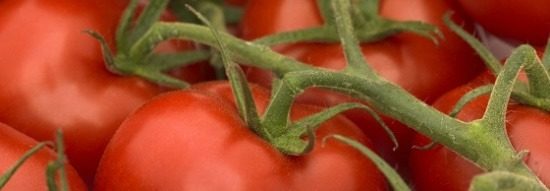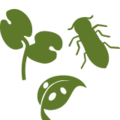P. cactorum can cause withering of young Brassicae plants, while P. megasperma can affect growing crops in poorly drained fields and P. brassicae mainly causes storage rot in cabbages. These diseases are mostly reported in Europe and North America, and Phytophtora drechsleri is reported from South Africa. The soil is usually the most important source of these pathogens. They survive by producing oospores that can develop into zoospores or infect the roots directly. Secondary dispersion occurs by sporangia, which produce zoospores. Wet conditions and the presence of other spores in the soil contribute to the spread of all these pathogens. Good hygiene measures are essential to prevent infection in greenhouses, trays, compost and water. Damage is occasionally significant in seedlings and may be expected to occur in certain countries. Effective control of these diseases, concerning hygiene, good drainage and good soil preparation, is vital. There is some evidence of differences in the susceptibility of varieties, which could be used more widely in the future. Seed treatment can offer some protection against soil-borne species of Phytophtora at the seedling stage.










